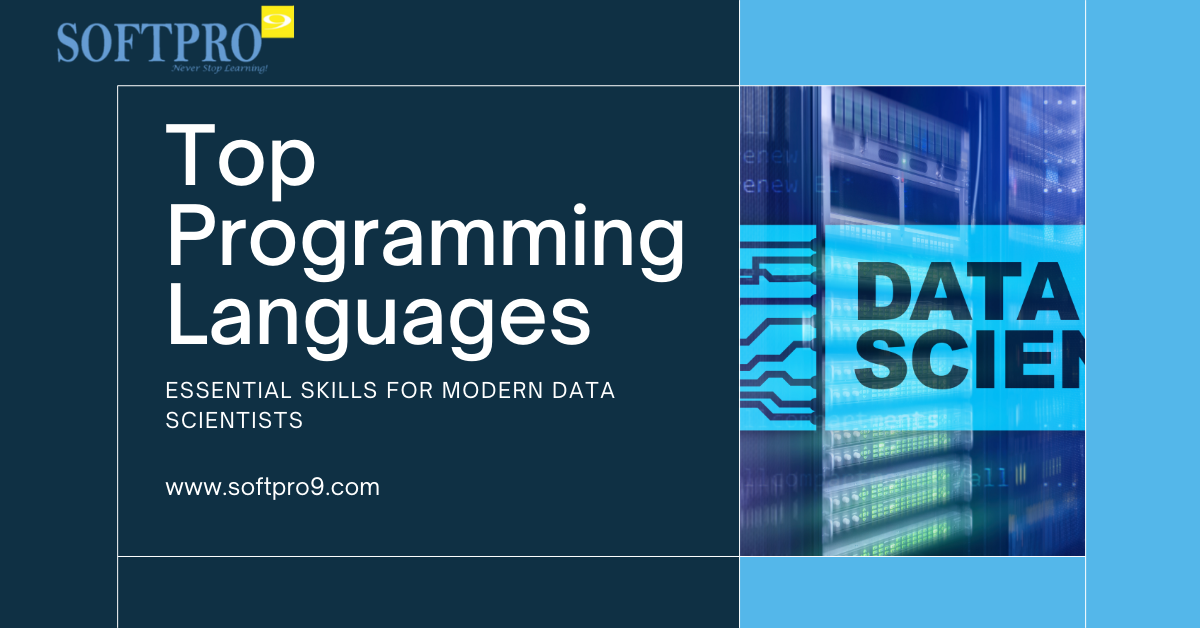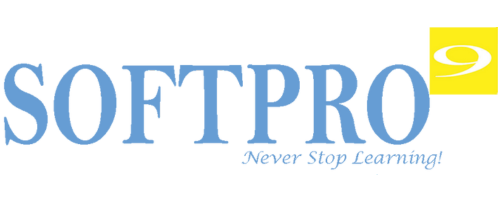
Top 5 Programming Languages Every Data Scientist Should Know
#1 Myinstitutes.com is one of the Best Educational Portal and Training Institutes in MYSORE, MANGALORE, and BANGALORE.
Here’s a comprehensive breakdown for a blog post titled Top 5 Programming Languages Every Data Scientist Should Know. This version offers detailed explanations of each language’s strengths, relevance, and unique advantages for data science.
Introduction
As Data Science continues to shape industries and influence decisions, the choice of programming language has become more crucial than ever. Data scientists rely on a variety of tools to work with vast amounts of data, perform complex analyses, and create powerful predictive models. While there are many programming languages in use, some have emerged as foundational to the field of data science. In this post, we’ll explore the top five languages that every aspiring data scientist should consider learning, delving into the unique strengths each brings to the table and how they can enhance your data science capabilities.
1. Python
Overview: Python is perhaps the most popular programming language in data science, thanks to its simplicity, readability, and powerful libraries. Python’s versatility makes it ideal for everything from quick prototyping to complex machine learning applications, and it has a massive user community that continuously develops new tools and resources.
Key Strengths for Data Science: Python’s vast ecosystem of data science libraries makes it the top choice for many professionals. With Pandas for data manipulation, NumPy for numerical computations, Scikit-Learn for machine learning, TensorFlow for deep learning, and Matplotlib and Seaborn for visualization, Python offers a comprehensive toolkit. These libraries allow data scientists to preprocess, analyze, visualize, and model data—all within the same environment. Additionally, Python’s syntax is straightforward and beginner-friendly, making it accessible for those new to programming.
Best Use Cases in Data Science: Python is highly effective for data cleaning, data manipulation, statistical analysis, and model development. It’s also frequently used in web scraping, where data scientists collect large datasets for analysis, and in machine learning, where Python’s deep learning frameworks have made it the preferred language for artificial intelligence projects.
2. R
Overview: R is a powerful language tailored specifically for statistical computing and data visualization. Originally developed for statisticians, R is widely used in academia and among data scientists who focus heavily on data analysis and visual representation. Its structure is designed to work well with data, making it ideal for data analysis and statistical modeling.
Key Strengths for Data Science: R offers an extensive collection of packages like ggplot2 for data visualization, dplyr for data manipulation, and shiny for creating interactive web applications. R is especially valuable for those looking to gain insights through data visualization and in-depth statistical analysis. Its syntax, though unique, is highly efficient for data-specific tasks, and R’s active community frequently releases new packages to tackle emerging challenges in data science.
Best Use Cases in Data Science: R excels in data visualization, exploratory data analysis (EDA), and any project that requires robust statistical modeling. It’s commonly used by data scientists in academia, bioinformatics, and social sciences who need to interpret complex datasets and present findings in a visually compelling way.
3. SQL
Overview: Structured Query Language, or SQL, is a staple for data management. Although it’s not a programming language in the traditional sense, SQL is essential for querying and managing large relational databases. SQL enables data scientists to efficiently retrieve, manipulate, and analyze data stored in databases.
Key Strengths for Data Science: Data scientists often work with massive databases, and SQL provides an efficient way to interact with them. SQL’s commands are optimized for data retrieval, joining tables, and performing aggregations, which are core functions in data science. For example, data scientists can use SQL to quickly filter, sort, and aggregate data, or to create complex queries to combine datasets. Since many companies store their data in SQL databases, a strong command of SQL is essential for accessing and preparing data for analysis.
Best Use Cases in Data Science: SQL is indispensable for data cleaning, data preparation, and ETL (Extract, Transform, Load) processes, where data is extracted from databases, transformed into a suitable format, and loaded into analytics tools for further analysis. SQL is foundational in fields that handle large datasets, like finance, healthcare, and e-commerce.
4. Java
Overview: Java is a high-performance, object-oriented language known for its scalability and speed. While it may not be the go-to choice for data analysis, Java plays a vital role in big data and large-scale data science projects. Java’s speed and efficiency make it ideal for handling high-velocity data processing tasks and building robust, production-level applications.
Key Strengths for Data Science: Java integrates well with big data frameworks like Hadoop and Apache Spark, both of which are widely used for processing large datasets. This integration makes Java invaluable for data scientists working in large-scale environments or enterprises where big data solutions are necessary. Java’s multithreading capabilities and stability also make it suitable for real-time applications, where it’s used for tasks like log processing, stream processing, and big data analytics.
Best Use Cases in Data Science: Java is essential for handling big data and real-time data processing. It’s often used in ETL tasks, building enterprise-level machine learning applications, and working within big data ecosystems. Java’s robustness makes it particularly useful in finance, telecommunications, and other fields that require high-performance data solutions.
5. Julia
Overview: Julia is a relatively new language developed with high-performance scientific computing in mind. Known for its speed and efficiency, Julia is quickly becoming popular among data scientists and researchers who need to perform large-scale numerical and scientific computations.
Key Strengths for Data Science: Julia combines the performance of low-level languages like C with the readability of Python, making it both fast and user-friendly. Julia’s syntax is especially suited for mathematical computations and is optimized for data science tasks like machine learning and statistical modeling. The language has gained popularity in fields that demand speed, such as physics, bioinformatics, and finance, where its capabilities in handling large datasets are valuable. Julia’s library, Flux.jl, is designed specifically for machine learning, while DataFrames.jl provides data manipulation functionalities similar to Python’s Pandas.
Best Use Cases in Data Science: Julia is ideal for high-performance computing, large-scale numerical analysis, and applications where execution speed is critical. It’s gaining traction among data scientists who work in scientific research, quantitative finance, and areas where large datasets need to be processed quickly.
Conclusion
In the diverse field of Data Science, proficiency in these programming languages can give you a versatile and powerful skill set. Each language—Python, R, SQL, Java, and Julia—brings something unique to the table, whether it’s Python’s versatility, R’s statistical prowess, SQL’s database capabilities, Java’s strength in big data, or Julia’s speed in scientific computing. By mastering these languages, you can handle any data science challenge that comes your way, whether you’re analysing data, building machine learning models, or working with big data ecosystems. Expanding your knowledge of these languages will help you stay competitive, adaptable, and effective in an ever-evolving field.



